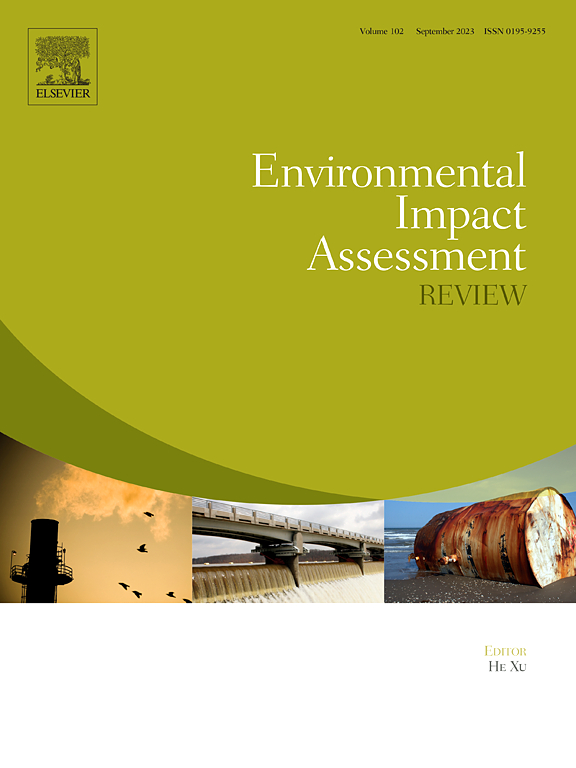Social vulnerability assessment for air pollution in China
IF 9.8
1区 社会学
Q1 ENVIRONMENTAL STUDIES
引用次数: 0
Abstract
Ambient fine particulate matter (PM2.5) is one of the most serious health risk factors. Provinces should not only reduce emission sources but also improve the social comprehensive ability to alleviate the air pollution health risk. This study established a social vulnerability index (SVI) for air pollution containing three dimensions (exposure, sensitivity, adaptability), which considered PM2.5 health impact and social comprehensive ability. The global exposure mortality model and generalized principal component analysis method were applied to calculate these three dimensions values of SVI. PM2.5 concentration in China increased during 2000–2013 and decreased significantly after 2013 due to the strict air control measures, and the national average level of exposure to air pollution showed the same trend correspondingly during 2000–2015. The national average level of sensitivity showed a continuously decreasing trend while adaptability showed an increasing trend. Provinces in central and western China had higher SVI showing a cluster spatial distribution. Tibet always exhibited a high SVI predominantly due to its pronounced sensitivity coupled with a lack of adaptability, while the high exposure and low adaptability level result in a similarly high SVI in Henan. In contrast, Beijing was always in the lowest five groups of SVI mainly because of its weak sensitivity and strong adaptability. Findings in this study help regions enact specific policies through exposure, sensitivity and adaptability dimensions to reduce health risk and mitigate social vulnerability of air pollution in China.
中国空气污染的社会脆弱性评估
环境细颗粒物(PM2.5)是最严重的健康风险因素之一。各省不仅要减少排放源,还要提高社会综合能力,以缓解空气污染的健康风险。本研究建立了包含三个维度(暴露、敏感性、适应性)的空气污染社会脆弱性指数(SVI),考虑了 PM2.5 对健康的影响和社会综合能力。采用全球暴露死亡率模型和广义主成分分析方法计算了这三个维度的 SVI 值。中国的 PM2.5 浓度在 2000-2013 年间有所上升,2013 年后由于严格的大气治理措施而显著下降,全国平均空气污染暴露水平在 2000-2015 年间也呈现出相应的趋势。全国平均敏感度呈持续下降趋势,而适应性呈上升趋势。中国中西部省份的 SVI 值较高,呈集群空间分布。西藏的 SVI 值一直较高,这主要是由于其敏感性突出而适应性不足,而河南的高暴露和低适应性水平导致其 SVI 值同样较高。相比之下,北京始终处于 SVI 值最低的五个组别中,这主要是因为其敏感性弱、适应性强。本研究的结果有助于各地区从暴露、敏感性和适应性三个维度制定具体政策,以降低中国空气污染的健康风险和社会脆弱性。
本文章由计算机程序翻译,如有差异,请以英文原文为准。
求助全文
约1分钟内获得全文
求助全文
来源期刊

Environmental Impact Assessment Review
ENVIRONMENTAL STUDIES-
CiteScore
12.60
自引率
10.10%
发文量
200
审稿时长
33 days
期刊介绍:
Environmental Impact Assessment Review is an interdisciplinary journal that serves a global audience of practitioners, policymakers, and academics involved in assessing the environmental impact of policies, projects, processes, and products. The journal focuses on innovative theory and practice in environmental impact assessment (EIA). Papers are expected to present innovative ideas, be topical, and coherent. The journal emphasizes concepts, methods, techniques, approaches, and systems related to EIA theory and practice.
 求助内容:
求助内容: 应助结果提醒方式:
应助结果提醒方式:


